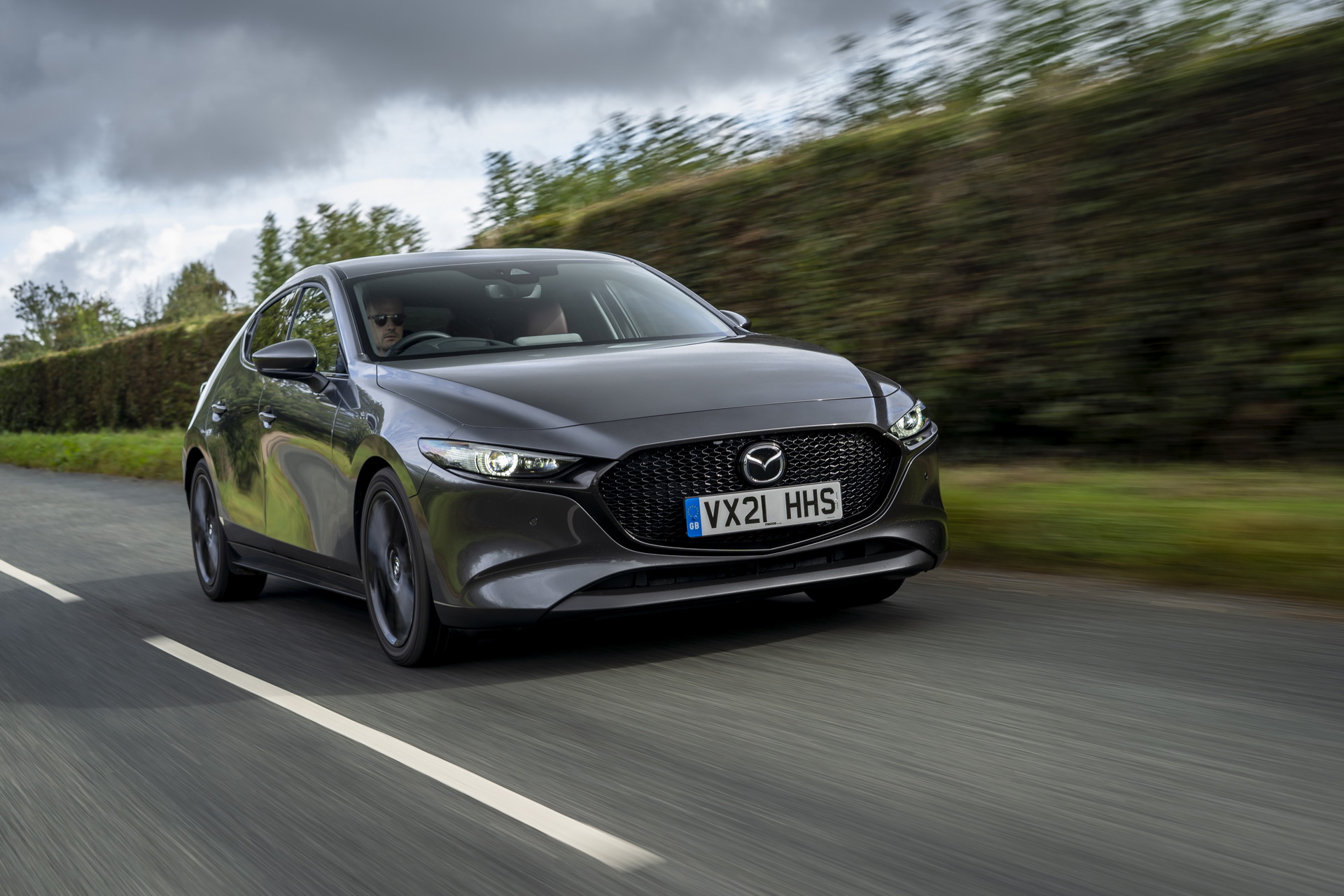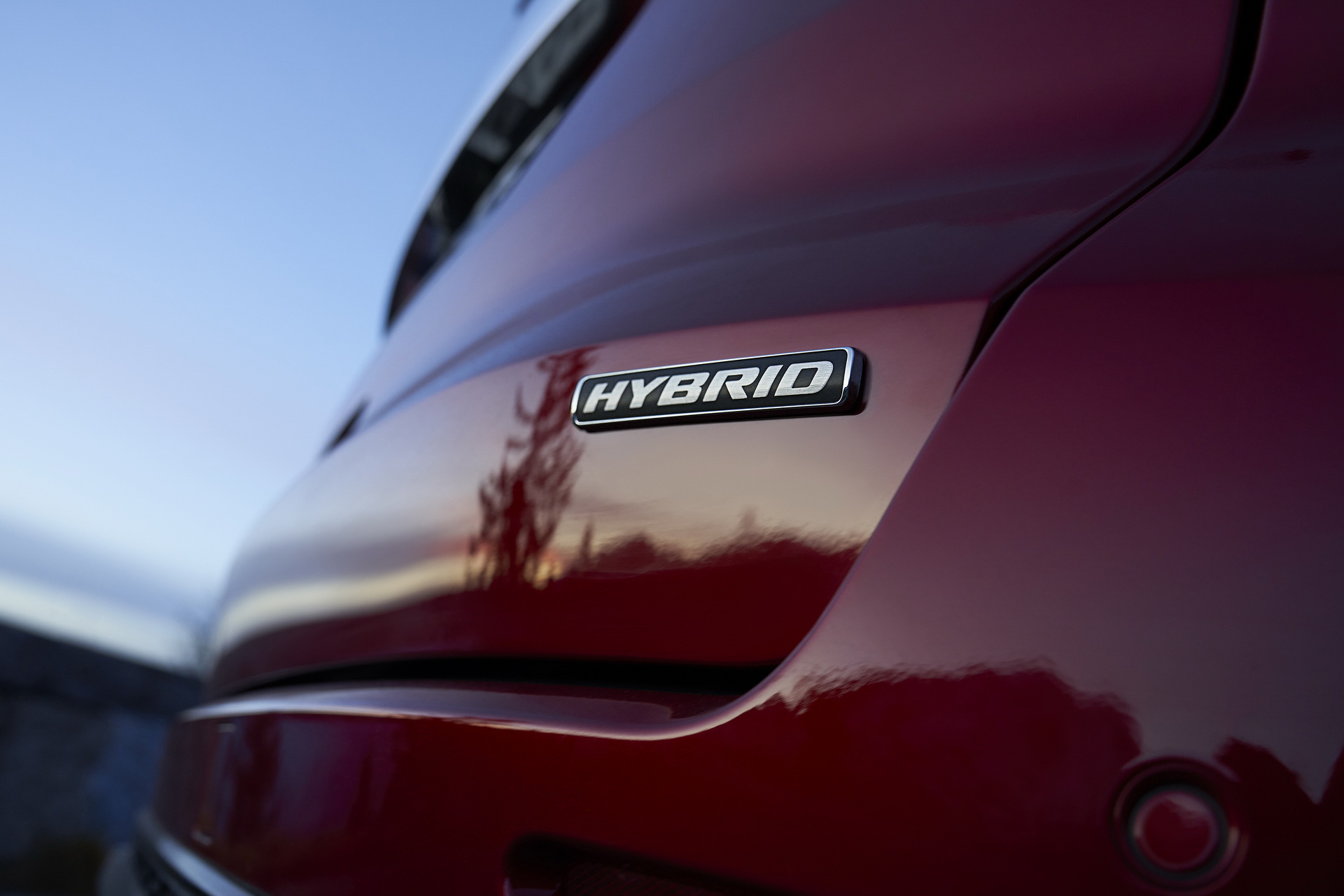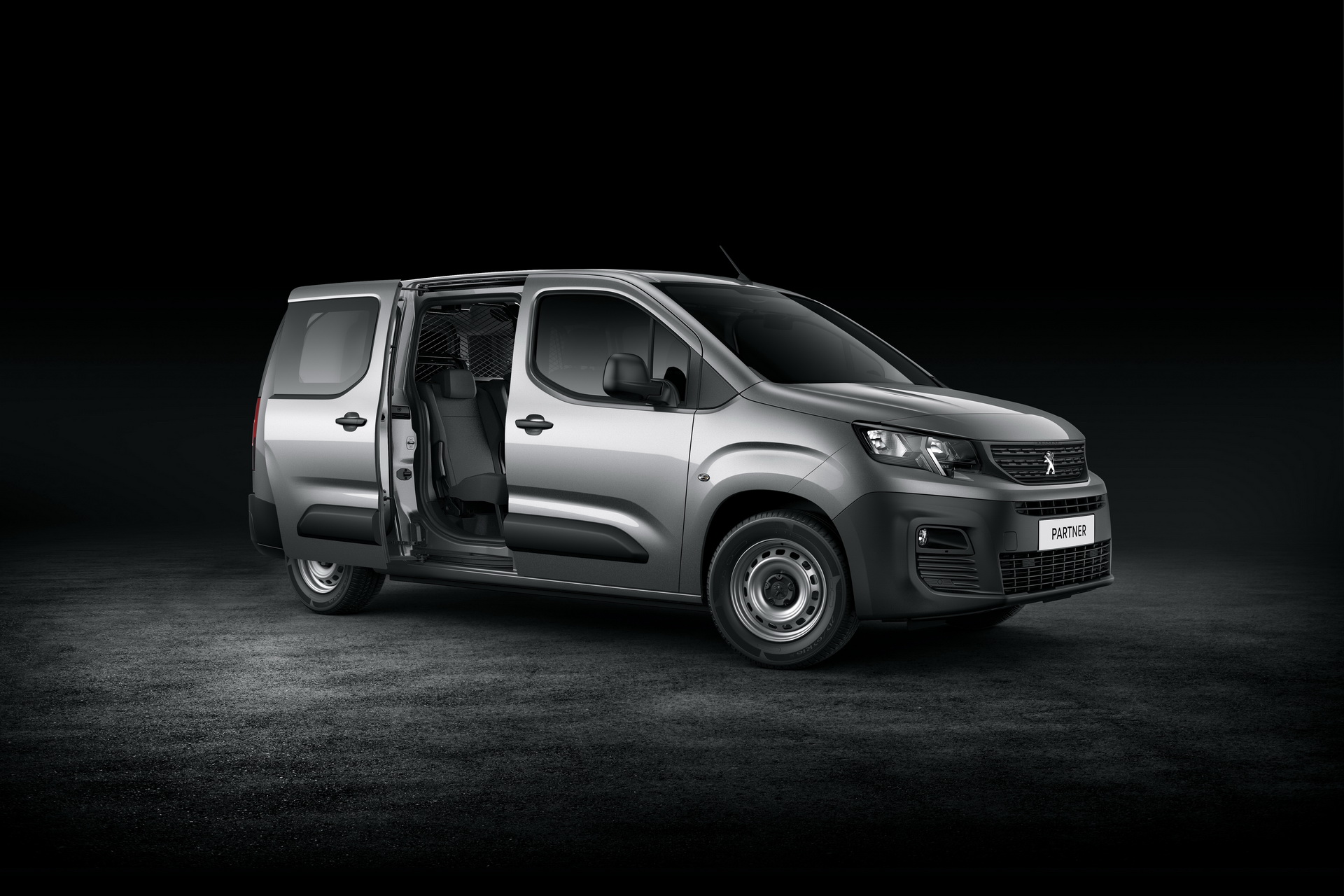Tag Archives: MimboloveEurope
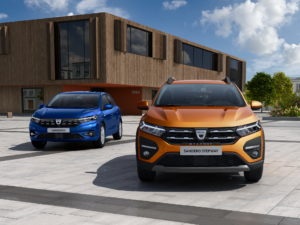
In a surprising turn of events, the Dacia Sandero has been crowned Europe’s best-selling car for July 2021, beating the VW Golf in its own game. The Romanian budget-friendly supermini sold 20,446 units in July, proving to be quite popular with European buyers and reaching the top spot for the first time ever.
In total, the European market fell by 24 percent last month with 967,830 sales according to JATO, following four months of growth. For comparison, Europe had 1.27 million sales in July 2020 and 1.32 million sales in July 2019 before the pandemic. Most automakers and markets saw a great decline in the new car registrations, not only because of the pandemic but also due to the shortage of semiconductors affecting the availability. Still, 2021 sales for the first seven months of the year are 24 percent higher than the same period of 2020.
Read Also: Toyota Sold Its 50 Millionth Corolla This Summer After 12 Generations And 55 Years
The third generation of the Sandero was officially revealed last year together with the Sandero Stepway and Logan siblings. Unlike its predecessors who were built in dated underpinnings, the new model is based on the latest CMF-B platform by Renault Group. Still, it is one of the cheapest models in the B-Segment.
Whilst looking fairly modern and offering adequate space for its segment, the cheap price does come at a cost, since the Sandero only managed to grab a two-star safety rating by Euro-NCAP, mostly due to pedestrian protection and standard ADAS equipment. Additionally, the cheapest variant is not equipped with an infotainment touchscreen, offering a smartphone dock instead.
Despite losing the top spot, Volkswagen is the brand with the most cars in the top-10 thanks to the Golf (19,425 units) in second place, the Polo (17,343 units) in fourth, the T-Roc (16,494 units) in fifth, and the T-Cross (14,170 units) in seventh place. It remains Europe’s best-selling brand despite a 19 percent drop.
July’s best-seller list also includes the Toyota Yaris (18,858 units) who came third, the Hyundai Tucson (14,883 units) in sixth place, the Dacia Duster (13,329 units) in eighth place, the Ford Puma (13,283 units) in ninth place, and the rival Peugeot 2008 (13,134 units) in 10th place. As we can see, six out of 10 best-selling cars were SUVs, three were B-Segment superminis and only one was a C-Segment hatchback.
Volkswagen tops the charts in electric vehicles with the ID.3 (5,433 units) remaining the best-selling BEV, ahead of the Renault Zoe (3,976), the Kia Niro EV (3.953 units), and other rivals. In PHEVs, the Ford Kuga (4,247) came first, followed by the Peugeot 3008 (3.039 units) and the Volvo XC40 (2,931).
Combined sales of BEV and PHEV models in July were 160,646 units, accounting for 17 percent of all car sales. While this is impressive, Automotive News Europe reports that it wasn’t enough to surpass diesel car’s 22 percent share, with gasoline vehicles still the most popular option with a conquering 59 percent share.
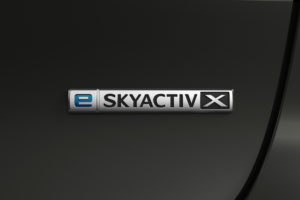
Mazda has upgraded its 2.0-liter engine, giving it more power and torque, improving the carbon dioxide emissions and fuel economy, and renaming it the e-SkyActiv X.
Debuting in the 2021 Mazda3 and CX-30, it features a lower compression ratio from 16.3:1 to 15.0:1, optimized combustion control, modified pistons and intake camshaft, and updated mild-hybrid system software.
With these changes, the Japanese automaker says the e-SkyActiv X develops 186 PS (183 HP / 137 kW) at 6,000 rpm and 240 Nm (177 lb-ft) of torque at 4,000 rpm. This represents an increase of 6 PS (6 HP / 4 kW) and 16 Nm (12 lb-ft) respectively over the previous version of the 2.0-liter unit, as well as reduced CO2 emissions by 5 to 11 g/km depending on the model, transmission and trim level.
Read Also: Mazda’s Revolutionary 177HP Skyactiv-X Engine Emits Just 96g/km Of CO2
A 2.4 mpg UK improvement and 11 g/km of CO2 less have been listed in the AWD GT Sport CX-30 packing this powertrain, whereas the entry-level manual gearbox SE-L Lux model is 2.5 mpg UK more fuel efficient and 6 g/km of CO2 cleaner. Besides the SE-L Lux and GT Sport, the e-SkyActiv X powertrain is available for the Sport Lux and GT Tech versions of the CX-30 with optional automatic transmission and available AWD from the GT Sport upwards.
Set to arrive at dealers across the Britain this month, the 2021 CX-30 will be joined by the 2021 Mazda3 from April 1, and it too sees the introduction of the e-SkyActiv X engine, benefiting from CO2 reductions of 5-11 g/km, in addition to the same improvements in output and torque. The four-cylinder will be available in the SE-L Lux, Sport Lux, GT Sport and GT Sport Tech grades of the hatchback and sedan, with standard automatic gearbox on all save for the entry-level model.
Besides the introduction of the upgraded power unit, the 2021 Mazda3 gets a standard sunroof in the Sport Lux, GT Sport and GT Sport Tech e-SkyActiv X variants.
On a related note, the 2.0-liter SkyActiv G has been renamed as the e-SkyActiv G. It produces 122 PS (120 HP / 90 kW) emits up to 7-8 g/km of CO2 less in the 2021 CX-30, where it is available in the SE-L, SE-L Lux, Sport Lux, GT Sport and GT Sport Tech, with FWD and optional automatic transmission on all bar the base spec. The 2021 Mazda3 also gets the same e-SkyActiv G in the SE-L, SE-L Lux, Sport Lux, GT Sport and GT Sport Tech, with an optional automatic gearbox offered across range, save for the SE-L.
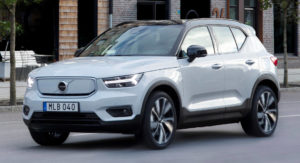
The Polestar 2 is already benefiting from the advantages of over-the-air (OTA) updates, and now so does the XC40, which is based on the same CMA platform, as Volvo will soon start rolling out its first software update for the Recharge model.
Available for customers in Europe, the novelties that come with the latest software update are very similar to those brought to the Polestar 2, as they increase charging speed and improve the range of Volvo’s first fully electric vehicle.
It also comprises of a new base software for the main electronic system, enhances Bluetooth connectivity, climate timers, 360-degree camera system and digital owner’s manual. Last but not least, the OTA also updates the Android Automotive OS that powers the infotainment system.
Review: Driving A 2019 Volvo XC40 For Almost A Year Had Its Ups And Downs
“The benefits of over-the-air updates are obvious. Yesterday, you still had to drive to the workshop to get the latest updates to your car; today, you simply click OK and your electric Volvo takes care of the rest. It couldn’t be easier”, said the car manufacturer’s chief technology officer Henrik Green.
Unveiled in the last quarter of 2019, the XC40 Recharge entered production one year later, prior to its arrival in the United States and Canada shortly after with an MSRP of $53,990 and CA$64,950 (US$51,860) respectively, excluding the federal tax credit.
The XC40 Recharge has two electric motors that generate a combined 402 HP and 486 lb-ft (659 Nm) of torque and are powered by a 78 kWh battery. From rest to 60 mph (0-96 km/h), the electric SUV needs less than 5 seconds, and it has an EPA range of 208 miles (335 km).
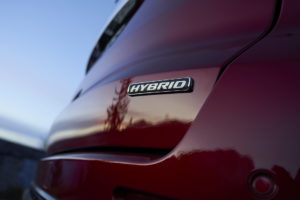
Following last year’s announcement, Ford has launched the new S-Max Hybrid and Galaxy Hybrid in Europe.
The two MPVs pack the same powertrain as the Kuga Hybrid, namely a 2.5-liter Atkinson cycle petrol engine mated to the brand’s latest-gen power-split transmission, an electric motor and a 1.1 kWh lithium-ion battery that allows them to drive on zero emissions for short periods of time.
Read Also: New Ford Kuga Reinvents Itself As A Stylish SUV With Three Electrified Options
The self-charging powertrain puts out 190 PS (187 HP / 140 kW) for a 0-100 km/h (0-62 mph) acceleration of 9.8 seconds, 0.7 seconds slower than the Kuga Hybrid, and is backed up by regenerative braking that recovers up to 90 percent of the energy normally lost during deceleration.
On the WLTP cycle, the S-Max Hybrid delivers 6.4 l/100 km (44.1 mpg UK / 36.8 mpg US) and emits 146-147 g/km of CO2. It has a total towing capacity of 1,750 kg (3,858 lbs) in the five-seat variant, and 1,560 kg (3,439 lbs) as a seven-seater. The Galaxy Hybrid returns 6.4-6.5 l/100 km (44.1-43.5 mpg UK / 36.8-36.2 mpg US), emits 148-149 g/km of CO2, and does the 0 to 100 km/h (0-62 mph) in 10.0 seconds.
As the battery is positioned under the boot floor by rerouting the exhaust system, the S-Max Hybrid offers up to 2,200 liters (77.7 cu-ft) of cargo capacity with all seats folded down, and 285 liters (10 cu-ft) behind the third row. It can haul objects up to almost 1 meter (39 in) tall and more than 1 meter (39 in) wide between the rear wheel housings. The Galaxy Hybrid has a load volume of 2,339 liters (82.6 cu-ft) behind the first row and 300 liters (10.6 cu-ft) with all seats in place.
Both the S-Max and Galaxy hybrids have special interfaces in the available 10-inch digital instrument cluster, standard FordPass Connect modem, remote door lock/unlock, vehicle status and locator, electrically adjustable front seats for the Trend and Titanium trim levels with heating/cooling and massage functions in the Vignale, and optional electric tailgate.
The two hybrid MPVs are put together at Ford’s Valencia plant in Spain.
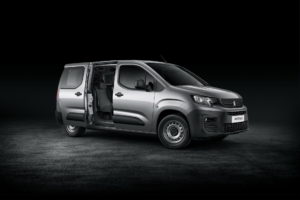
Earlier this week, it was reported that EU antitrust regulators were concerned regarding FCA and PSA’s combined high market share in small vans, and were expecting the two carmakers to address these concerns in a matter of days.
It seems that neither brand managed to do so, and now an expedited process might be out of the question, as reported by Autonews Europe.
Going forward, the European Commission will likely open a so-called Phase Two investigation that would delay the concessions deadline until October. The two companies are still planning on completing their merger during Q1 of next year.
Read Also: PSA Doesn’t Want Government Help As It Could Complicate Merger With FCA
FCA and PSA decided to merge back in December and have kept those hopes alive despite the ongoing coronavirus pandemic and the disruption it has caused within the industry. It’s also unclear how the EU will take into account the plummeting demand for new cars in the region due to the pandemic.
“Regulatory approval of Fiat Chrysler-Peugeot’s tie-up is still likely, given potential antitrust concerns are small compared with the deal’s size,” said Bloomberg Intelligence analyst Aitor Ortiz. “They may be addressed with remedies. These concerns should send the deal to a phase-two review.”
Even though the companies were told that their combined high market share in small vans was what worried competition enforcers, Ortiz claims that their most problematic overlaps may be in minicars and small SUVs, where their combined market share could reach roughly 65 percent.
However, based on data from the PSA-Opel deal of 2017, there should still be sufficient competition in most passenger car segments from the likes of the VW Group, Renault, Nissan, Hyundai, Kia, Mazda and Toyota.





